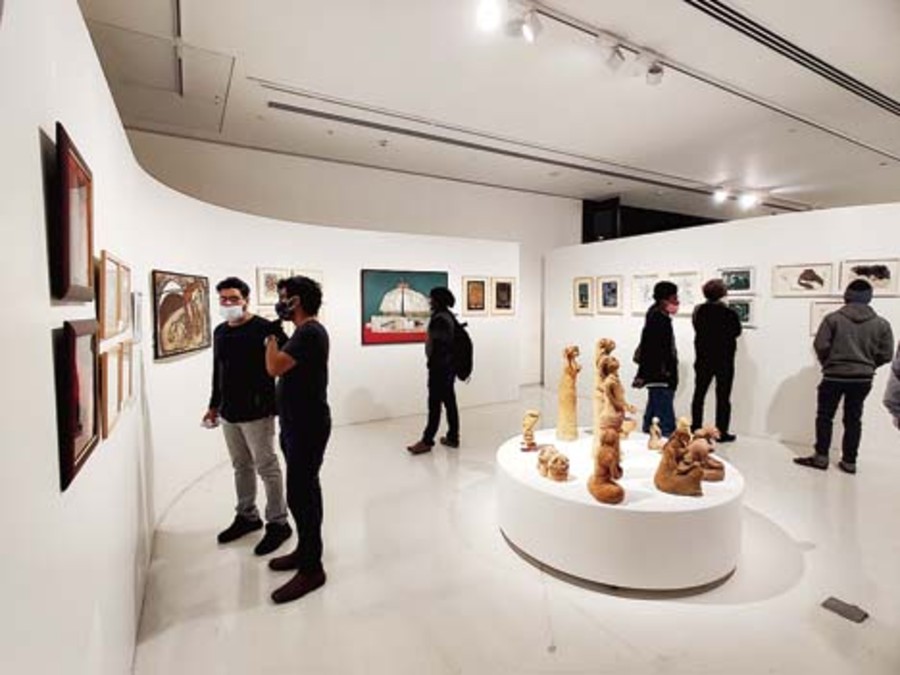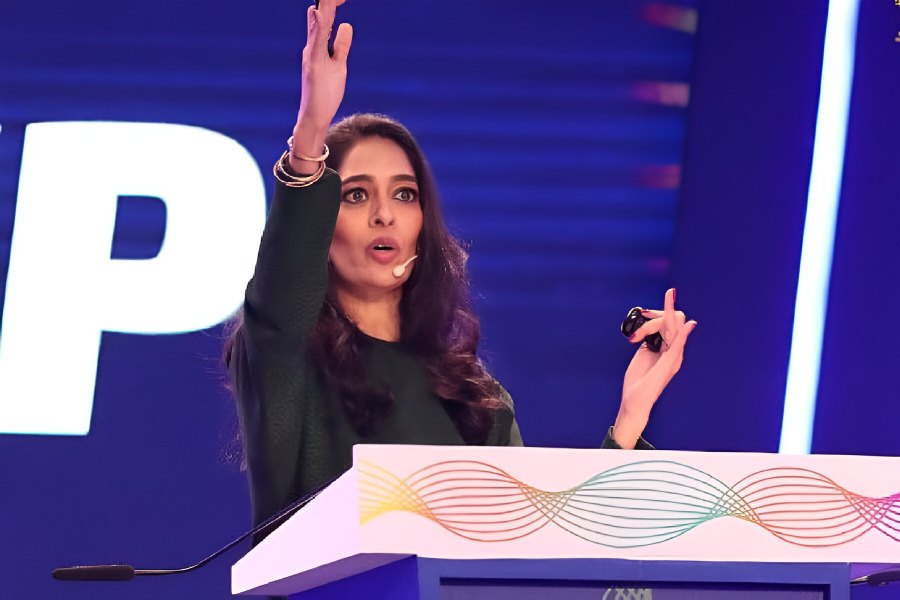Art, like all other things in the year gone by, also took a blow to its gut but stood right back up on its feet to face this year with a multitude of weaponry in its arsenal — virtual exhibitions, online viewing rooms and collective showcases being just a few of them. They say art is a cure for distressed times and art galleries in India put their best foot forward. We spoke to a few of them to know their thoughts about the year that was:
Ashwini Pai Bahadur | Director, Artspeaks India
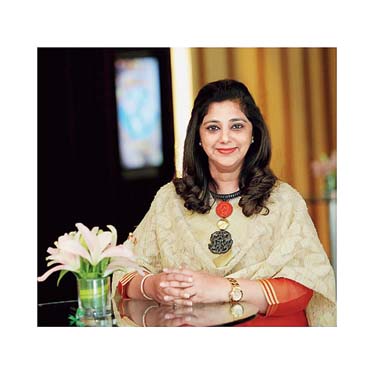
Sourced by the correspondent
Come March 2020 and all the gallery programming in terms of our planned showing in public spaces took a real hit. Artspeaks India had a Glass Sculptures show booked for October 2020 at Bikaner House, our white cube space suddenly was not an option any more. Ninety per cent of our business was offline. The website was not geared to working online. After one week of our heads reeling and wondering what had hit us we spent the time introspecting, recalibrating and taking stock of what lies ahead. So keeping social-distancing protocols in mind and realising the value of online presence we focussed on digitally upliftng our presence with online viewing rooms and trying to go about business as usual.
Bhavna Kakar | Director, Latitude 28

Sourced by the correspondent
As soon as we realised that things were not returning to normal any time soon, we began to strategise ahead. At Gallery Latitude, we worked on facilitating virtual viewing. We have publicly made available the detailed documentation of artworks from our show ‘The Print: Matter in Matrix’, including a beautifully designed e-catalogue with texts and display shots. Also, a video has been uploaded on our social media channels to take you through the show. In August we decided to hold a physical exhibition and later embarked on our second exhibitory venture since the pandemic began. We had two well-attended virtual walkthroughs during the exhibition and as the pandemic situation progressed the number of walk-in visitors increased. As we completed a decade, we also reflected on Gallery Latitude 28 and TAKE on Art’s rich archive which has been built over 10 years and will soon be launching it to the public.
Somak Mitra | Director, Gallery Art Exposure
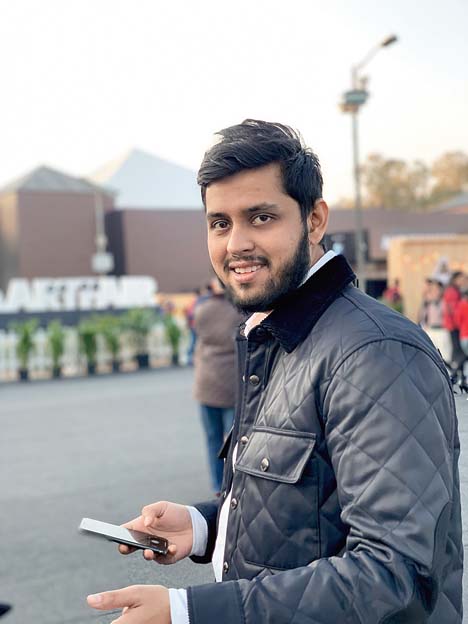
Sourced by the correspondent
We opened the season with Viraag Desai’s solo show in September for which we created an online experience, which was the first of its kind for us. However, we also put up a physical show of the same at the gallery and did private viewings with prior appointments, maintaining social distancing. All of this was very strange initially but we slowly managed. Another challenge we had to face during the pandemic was logistics, especially international shipping. During the lockdown, there were quite a few sales happening from abroad and the logistics for the same was a challenge. Gradually we have adapted to the new system.
Roshini Vadehra | Director, Vadehra Art Gallery

Sourced by the correspondent
The art world adapted pretty quickly in going online. Overall, the response from collectors and the general audience has been phenomenal and we have seen the art market grow from strength to strength in these difficult times — with seasoned collectors continuing to buy, and a new crop of buyers wanting to build collections. We are pleased to end the year with a great physical exhibition — a group show of top contemporary artists at the gallery, and are happy to be welcoming several visitors a day, while following all social distancing protocol. We hope to continue to do a mix of both on-site and online exhibitions in the new year, and look forward to welcoming all our friends back at the gallery.
Richa Agarwal | CEO, Emami Art and Chairperson, Kolkata Centre for Creativity
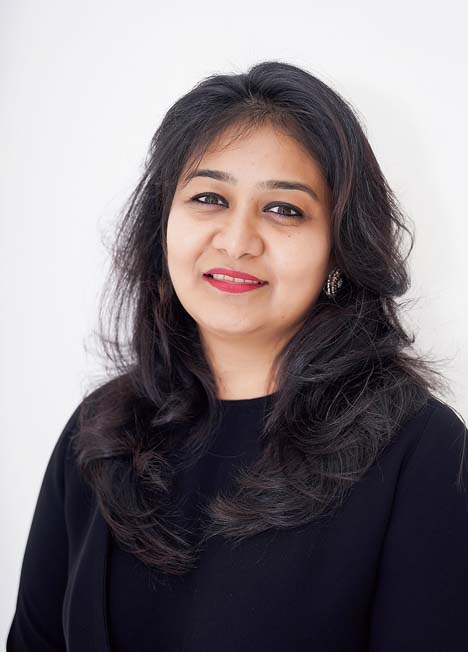
Sourced by the correspondent
We made a swift shift to the digital platform to showcase our artworks and events. We have conceptualised a series of events and interactive sessions. These interactions on digital platforms aim to inspire young artists and art enthusiasts and explore what drives people in the art fraternity.
Sharan Apparao | Apparao Galleries and founder, TAP India
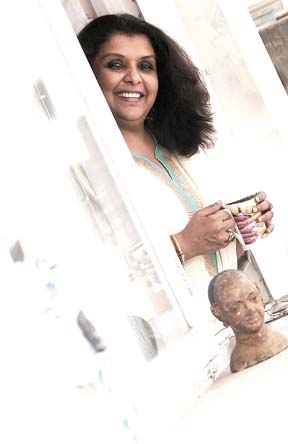
Sourced by the correspondent
It’s the need of the hour to have an online prescence and the pandemic spurred that process. I felt strongly about it and reached out to the rest of the art family and realised that we were together in the idea and hence, TAP India was born. The focus is on 14 good galleries who have a good eye, if not history. The range of art is varied and art lovers will be treated to a vast and changing range. An online platform has a wider reach and is a fantastic way to build bridges. An online platform is the door to seeing it in the physical form if need be.
Nivedita Poddar |Founder, Art Fervour
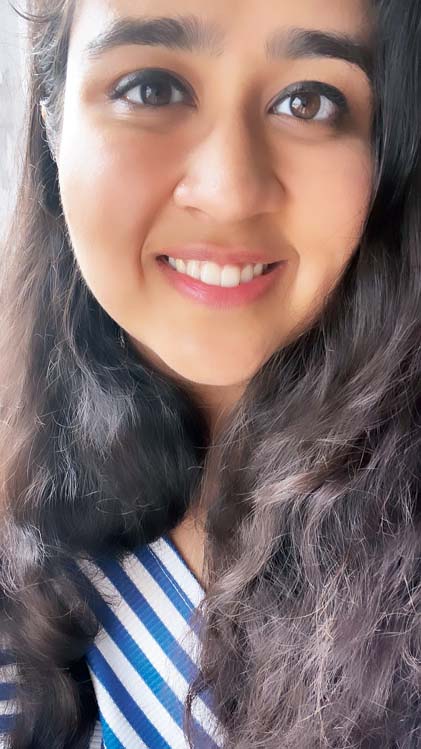
Sourced by the correspondent
Being an art-tech start-up, Art Fervour has been in the digital space for 1.5 years. However, during the pandemic, all other organisations working in the arts pivoted to the digital space too. Our biggest challenge was to be able to be inspired, brainstorm new ideas and stay ahead of the curve in a newly saturated space. Further, pre-pandemic, we were recommending art exhibitions, festivals and events in 10 cities in India. Due to the lockdown, shutdown of all galleries and museums and general uncertainty, our audience was unable to visit art events and exhibitions, and so to keep them engaged, we quickly adapted to build a Digital Art Guide with over 500 international and Indian art listings. This challenge then became an opportunity for us to explore international as well as Indian art events.
Prateek Raja | Co-founder, Experimenter

Sourced by the correspondent
We thrive on physical encounters. This year with restrictions, we found it challenging to operate without installing these wonderful exhibitions in person. So we had to break the mould in many fundamental ways and question how we bring exhibitions and our larger programming to people. Of course, we embraced the digital and the potentials of the Internet, but we tried to embrace the challenges of the larger community we work with initiatives like the Generator Co-operative Art Production Fund in collaboration with our artists and friends and provided production assistance to several artists across the world during these uncertain times. The Experimenter Labs Reader — an online, interactive anthology on love guest edited by Aveek Sen was a clutter-breaking way to read and share. Experimenter Radio playlists brought some amazing artists’ playlist to our audiences and Deep Dive, which were artist and peer conversations, delved deeper into artistic practices. Filament online film programmes brought incredible feature-length artist films to viewers digitally. Many such initiatives such as these built entirely ground up helped us through the years and we dedicated an entire new vertical Experimenter Labs to them. We also did the Experimenter Curators’ Hub entirely digitally, which was quite amazing in my view. In addition we led a consortium of galleries in India and Dubai to come together through In Touch, a digital platform to share exhibitions digitally. Geopolitically, we aligned ourselves to a new initiative of international galleries called South-South, re-imagining how we look at histories and retell stories that question narratives that we accept as given. This is a time to come together and work towards a common goal. There is an international gallery association in the making where we are leading formative structural conversations and other initiatives that use digital mediums and collaborative processes as we step into 2021. 2020 has been a year like no other but also a year of opportunity where we had the time to reflect, pause, introspect and reevaluate.

